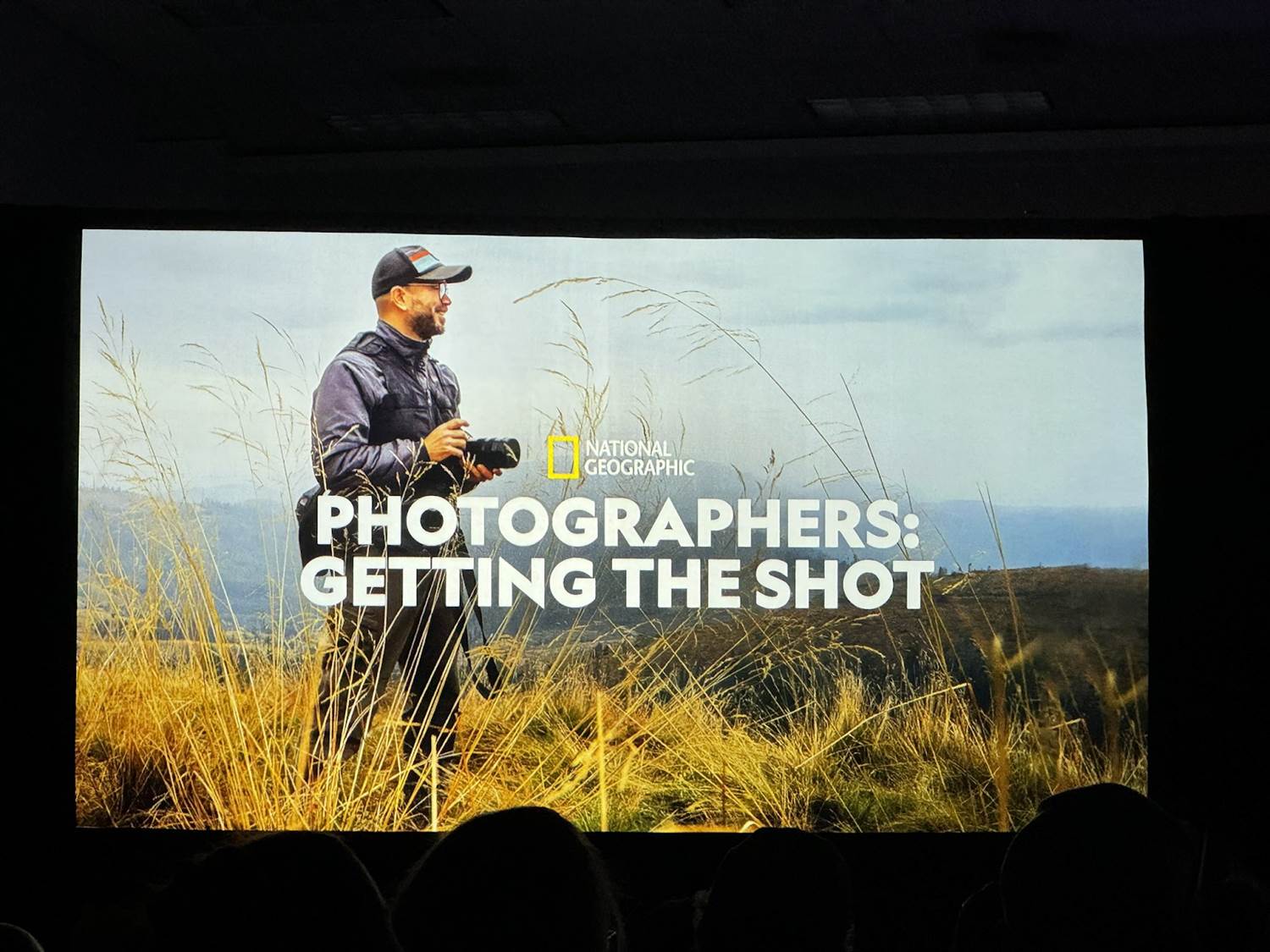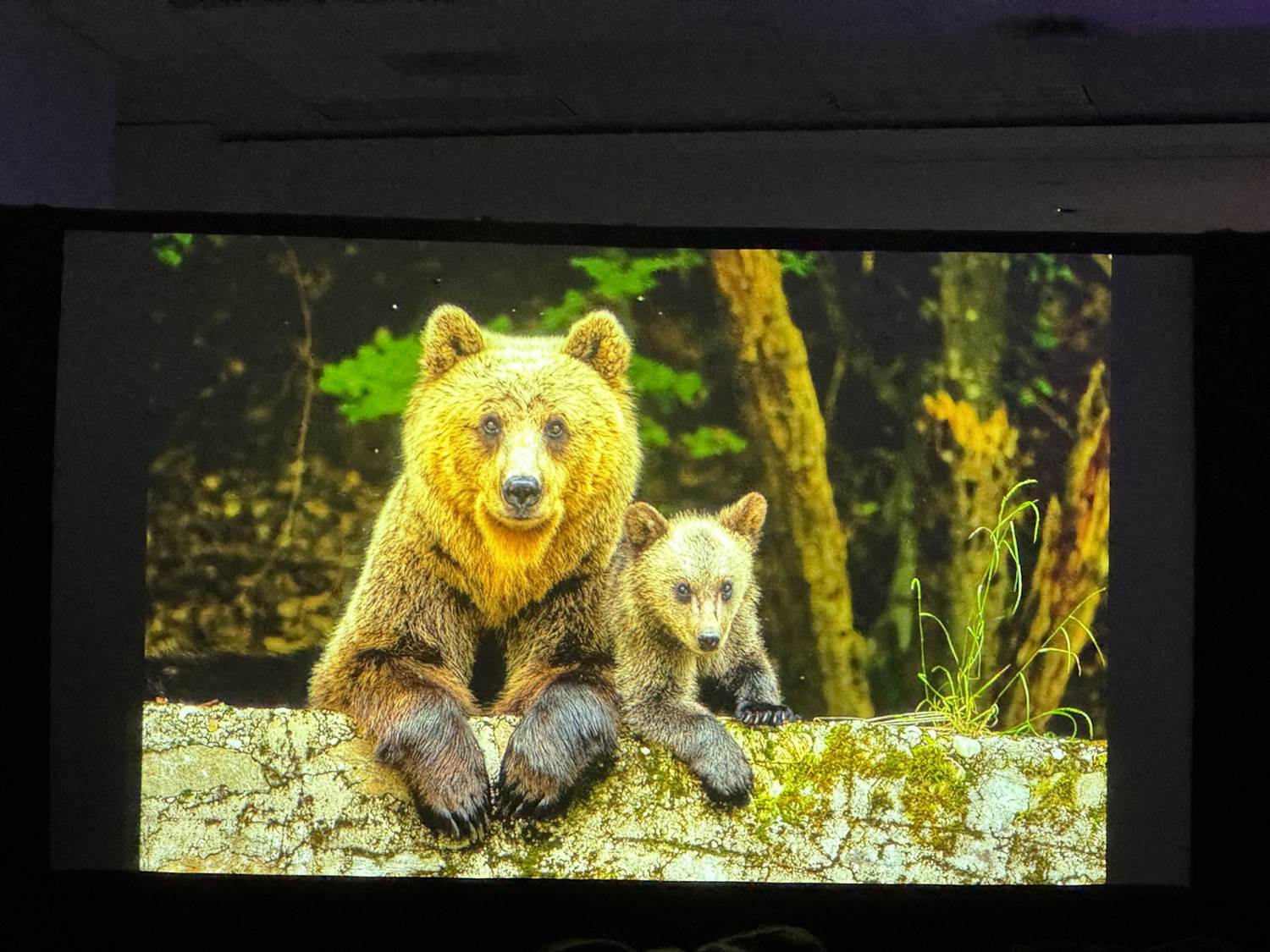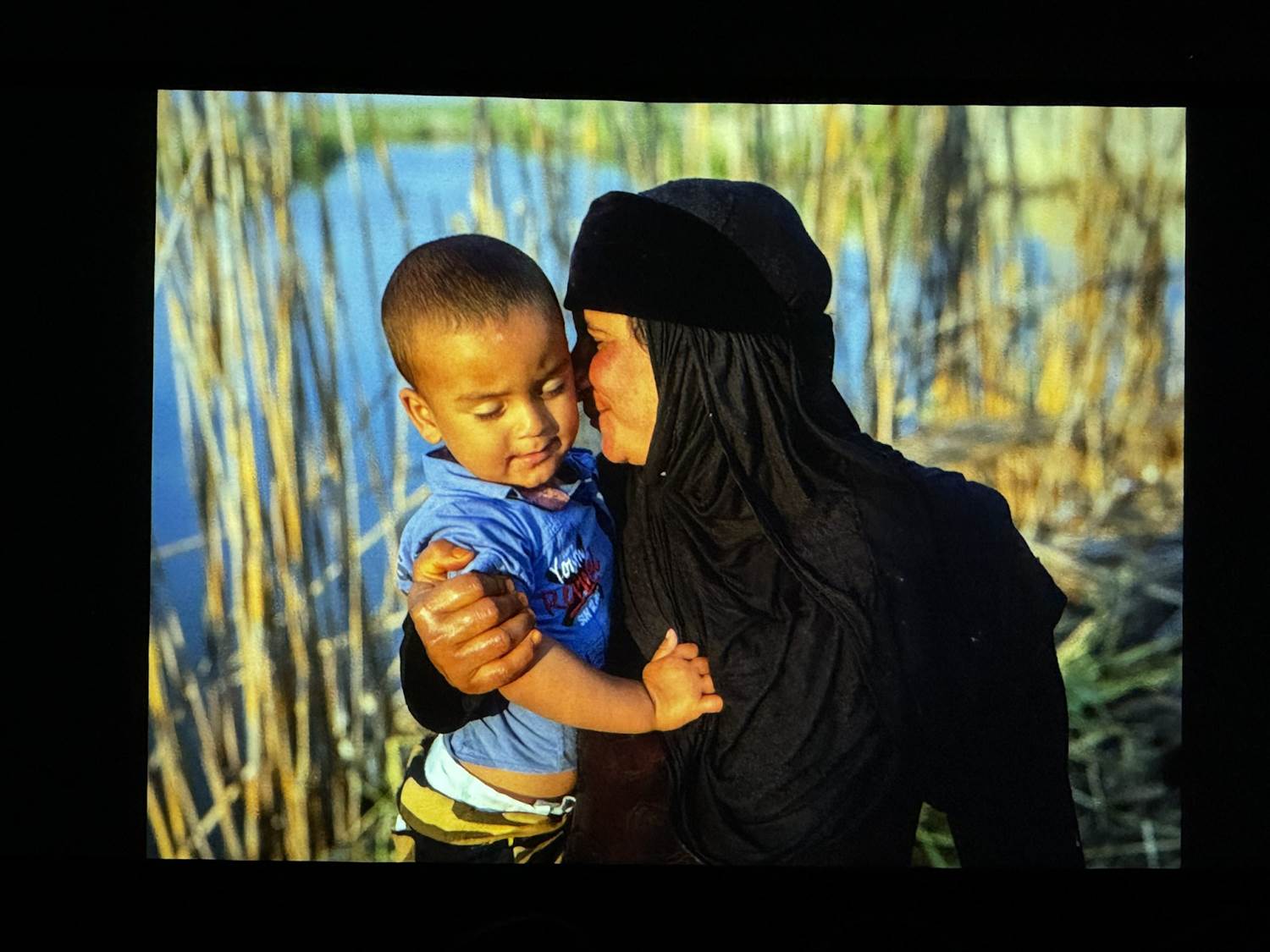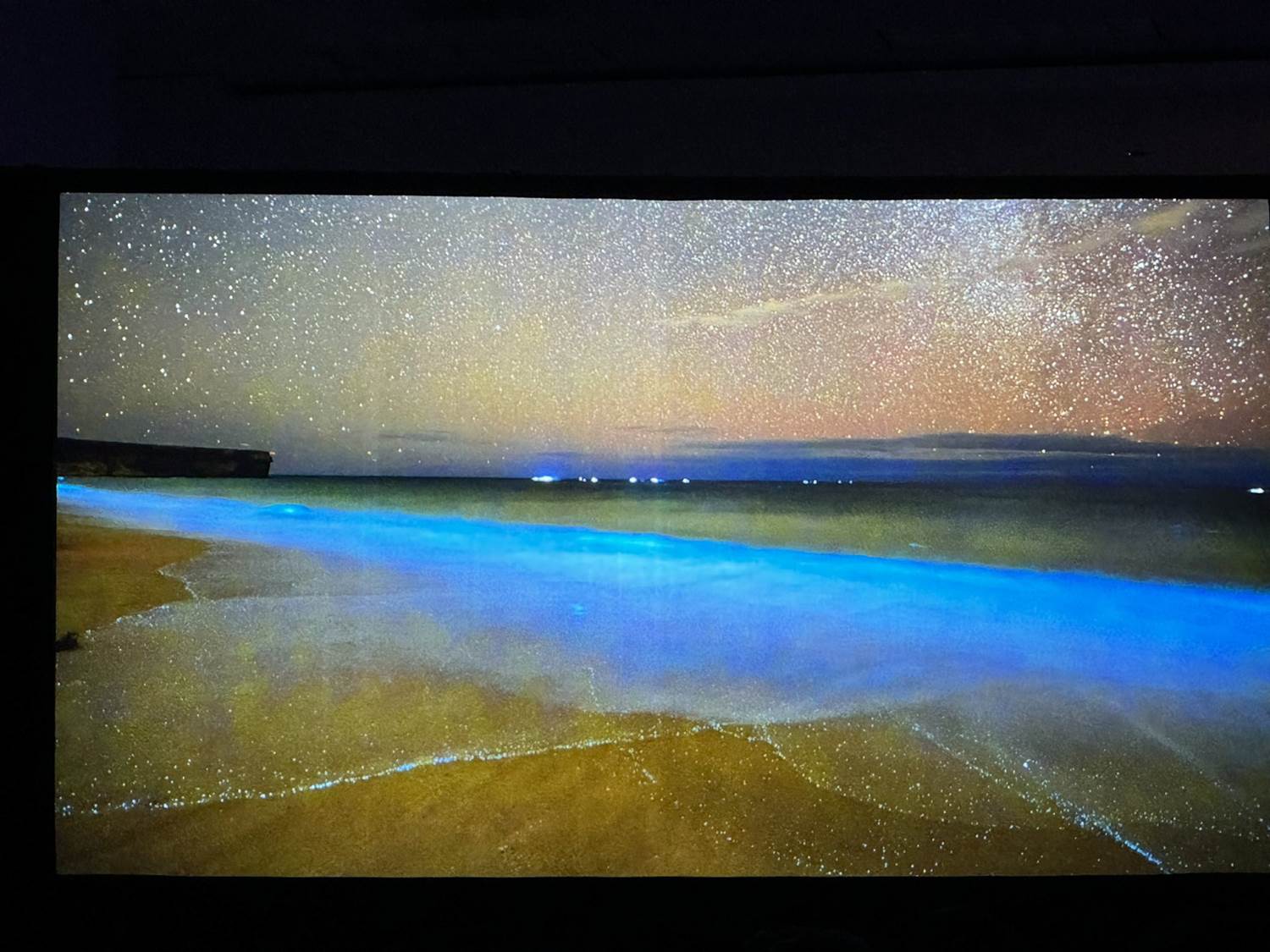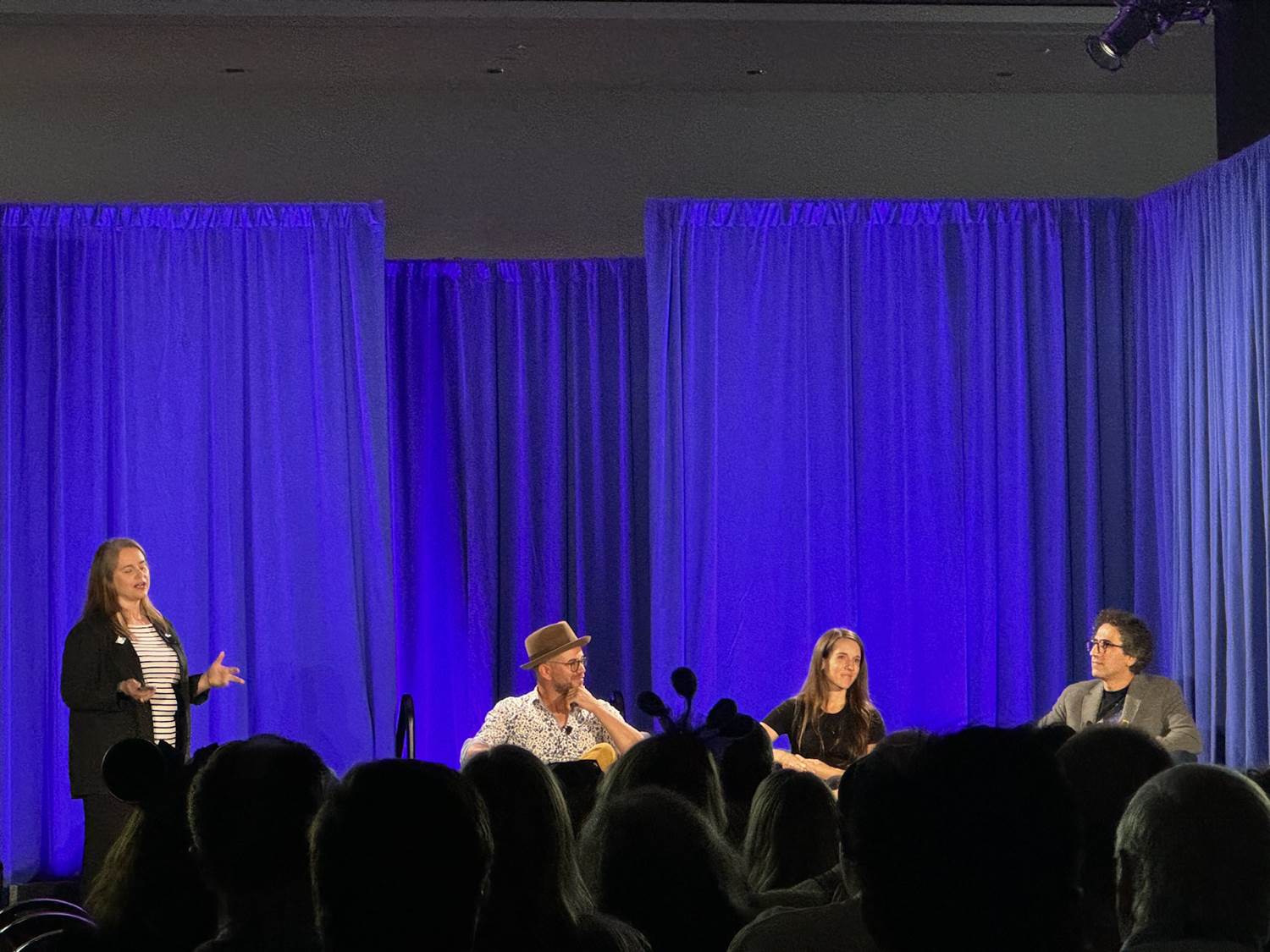D23 2024 Panel Recap: National Geographic Magazine Showcased 3 Upcoming Stories in “Photographers: Getting the Shot”
Three of the world’s most renowned photographers - Nichole Sobecki, Jasper Doest, and Babak Tafreshi - shared their stories, challenges, and the philosophies behind their incredible work during a D23: The Ultimate Disney Fan Event panel titled "National Geographic Photographers: Getting the Shot." Moderated by Amy Briggs, editor at National Geographic magazine, the session delved into the unique journeys these photographers have taken and the impact of their work on raising awareness about our planet’s most pressing environmental issues. And for avid magazine subscribers, each photographer also teased an upcoming story they worked on during the panel.
“I must have been four or five years old when my mom gave me her Kodak, and I was instantly hooked by the magic that photography had to offer," Jasper Doest recalled. “You would take pictures, bring them to the corner store, wait for a week, and then suddenly you had a photograph. It was something addictive." This early passion led Doest to the Arctic, where he studied biology and began capturing images of arctic foxes, which ultimately propelled him into the world of professional photography. "If you have a dream, live it," he encouraged D23 attendees.
Nichole Sobecki’s journey took her across continents, beginning with a camera gifted by her grandfather. She started her career covering news and conflict but soon realized that the underlying environmental factors of these stories were what truly interested her. “I started to feel like I was focusing on the most dramatic but, in some ways, least vital aspect of these conflicts," Nichole shared. “I wondered, ‘What are the forces underpinning the crises we were seeing, and how do those currents shape the future?’ That really ignited in me something that had always been a part of my understanding of the world - how dramatically our ecology and climate are changing in this time."
Babak Tafreshi’s passion for the night sky began with a borrowed telescope that he never returned. Growing up in Tehran, his first look at the Moon through that telescope was a life-changing moment. “That first look at the Moon through that tiny tube… really changed my life. I realized this is the future for me; I wanted to be an astronaut." Though he couldn’t pursue a career in space due to the limitations in Iran, Tafreshi found a way to bring the stars closer to Earth through his photography, combining the beauty of the night sky with the cultural and natural landmarks of our planet.
Jasper Doest: “Rewilding Europe"
Jasper Doest’s latest project, which will begin in the November issue of National Geographic, focuses on the concept of rewilding in Europe, with the first installment set in Romania. Doest has been exploring the Făgăraș Mountains, where he documents the process of rewilding - an approach to conservation that seeks to restore natural processes and reintroduce keystone species to create thriving ecosystems.
“We chose Romania because it has so much intact wilderness, including an area where you have bears," Jasper explained. “There are more bears - about 6,000 to 8,000 European brown bears - roaming in a density much higher than a place like Yellowstone." Doest’s work highlights not only the beauty of these landscapes but also the challenges of living alongside large predators like bears. His story will explore the balance between human communities and wildlife, particularly as conservation efforts succeed and animal populations grow. “The term rewilding does not refer to creating wilderness spaces without people. It’s a very inclusive, holistic way of looking at nature conservation. It’s about handing back the magic wand to nature."
Nichole Sobecki: “Natura"
Nichole Sobecki’s ongoing project, titled "Natura," is an ambitious multi-year exploration of how climate change is influencing decisions around motherhood across the globe. Her work will begin to be featured next spring and will include stories from five countries, with her first feature focusing on Southern Iraq's Marsh Arabs - a community living in the cradle of civilization that is now facing the harsh realities of environmental degradation.
“This project wrestles with the Earth the next generation will inherit and the ways in which motherhood is evolving in tandem with that," Nichole Sobecki explained. “It’s a story that has lived within me for many years before I even first picked up the camera." Sobecki’s work is a poignant reminder of the human cost of climate change, particularly how it affects women, who make up 80% of those displaced by environmental disasters. Her narrative will weave together the voices of women across different cultures, exploring how they are navigating the decision to become mothers in an increasingly uncertain world. “What does it mean to parent or to mother in a place where it’s clear that the next generation is not going to inherit this ancient traditional way of life?" she asked.
Babak Tafreshi: “Life at Night"
Babak Tafreshi’s upcoming feature, "Life at Night," will delve into the intricate relationship between life on Earth and the natural night sky, focusing on the impact of light pollution on wildlife and ecosystems. This project highlights Tafreshi’s dedication to raising awareness about the unseen effects of artificial light on the planet’s biodiversity. “Every single natural species that has been studied is already impacted by light pollution, and some are on the border of extinction simply because of light pollution," Babak Tafreshi explained.
The story will cover various species, such as sea turtles and fireflies, that rely on darkness for crucial behaviors like navigation and mating. Tafreshi’s work underscores the importance of preserving the natural night sky, not just for stargazing but for the health of ecosystems around the globe. “Light pollution is not the light we need for night - it’s the light we waste. We first need to ask, ‘Do I need to use this light here? Is it necessary?’" he urged, highlighting simple steps that can make a significant difference in reducing light pollution. It wasn’t clear when “Life at Night" would run, but National Geographic magazine subscribers should be excited about it nonetheless.
These upcoming photographic stories from Jasper Doest, Nichole Sobecki, and Babak Tafreshi are set to be some of the most compelling and visually stunning features in National Geographic’s upcoming issues. Each project sheds light on critical environmental challenges while showcasing the beauty and complexity of our world. As the panel drew to a close, the photographers reflected on the future of their work and the role it plays in conservation. They all agreed on the power of storytelling to inspire action and the need for hope and optimism in the face of daunting challenges. The "National Geographic Photographers: Getting the Shot" panel was a powerful reminder of the role photography plays in raising awareness about our planet’s most critical issues. Through their lenses, Doest, Sobecki, and Tafreshi continue to inspire us to care more deeply about the world we live in and to take action to protect it for future generations.
You can follow their journeys and see more of their work on Instagram: Jasper Doest (@jasperdoest), Nichole Sobecki (@nicholesobecki), and Babak Tafreshi (@babaktafreshi).



